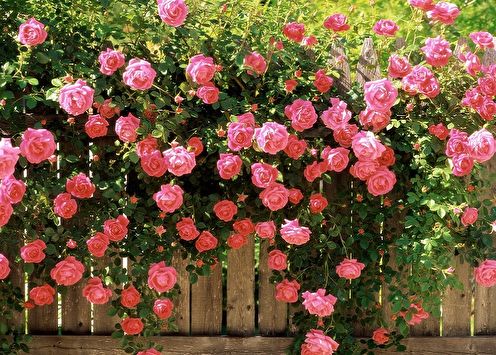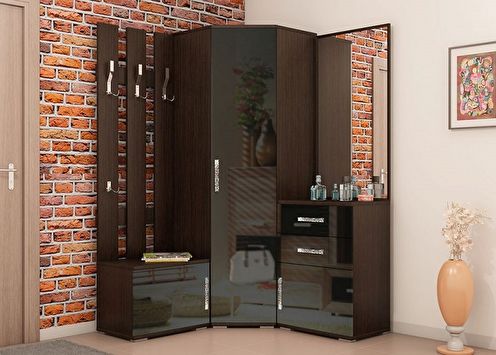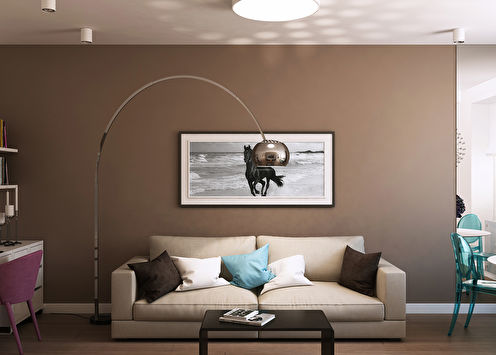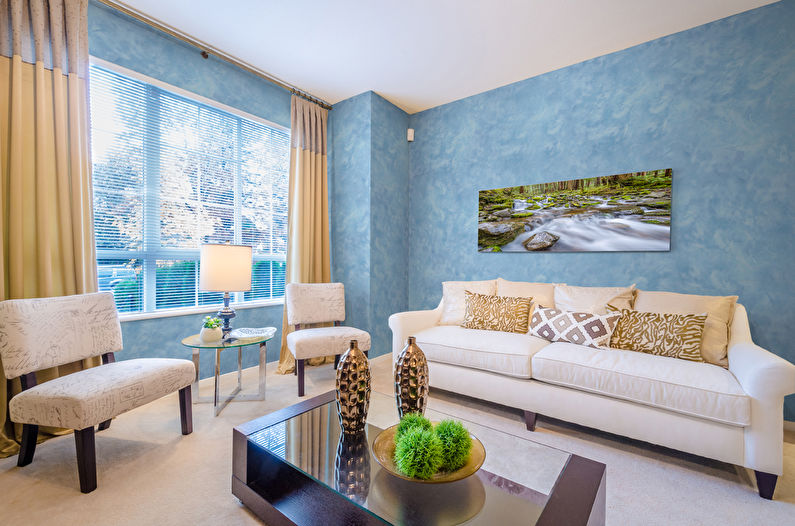
What to do if tired of the usual wallpaper or panels as a wall decoration? Indeed, despite the variety of options, I want to create a unique design that reflects the individuality of the owners. If you have the patience and strength, creating your own surfaces with decorative plaster is an excellent solution for the interior of any room. Today we will talk about how to do it!
Advantages and disadvantages of decorative plaster
Many people, even those who have never been involved in repairs, have heard about plaster - a paste with a specific composition that is applied to the wall and is often used as a base. So, the decorative variety has little in common with this gray mass. It is used as a finish, helping to create aesthetic, textured walls with an unusual pattern.
The main advantage of decorative plaster, which distinguishes it from other, easier to implement options, is uniqueness. One and the same person will not be able to create two walls with an identical pattern. In addition, using different application methods, it will be possible to achieve the effect of imitation marble, granite or other interesting coatings. Some masters get real artistic compositions, but even with simple application, the plaster looks quite impressive.
After applying and hardening the paste, it undergoes coloring, reviving a monophonic surface. Plaster is a very practical type of finish that helps to hide some of the imperfections of the walls, such as cracks or small irregularities. At the same time, in combination with a high-quality primer, it can play the role of a good heat insulator.
Few modern materials presented on the construction market can be called safe for health. But just not decorative plaster - it has an ecological, harmless composition, and therefore is suitable for many rooms, even for children.
Of course, applying the mass requires a certain skill and accuracy, but they are achieved after a little practice, as well as a detailed study of the instructions. Another difficulty in using decorative plaster is the high demands on the walls. They should be as even and smooth as possible, and for this you will have to pre-prepare the surface.
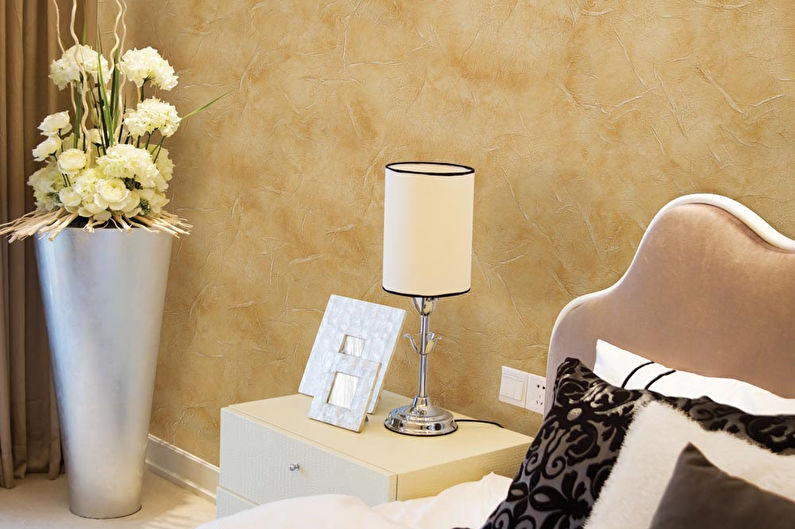
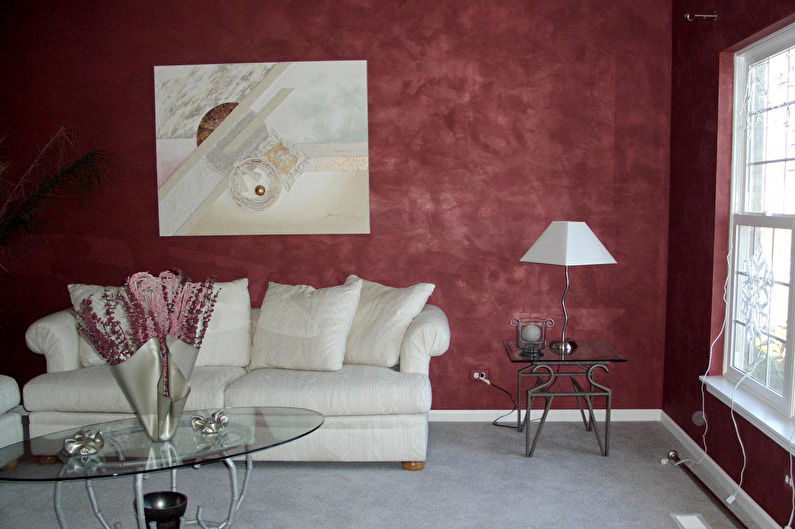
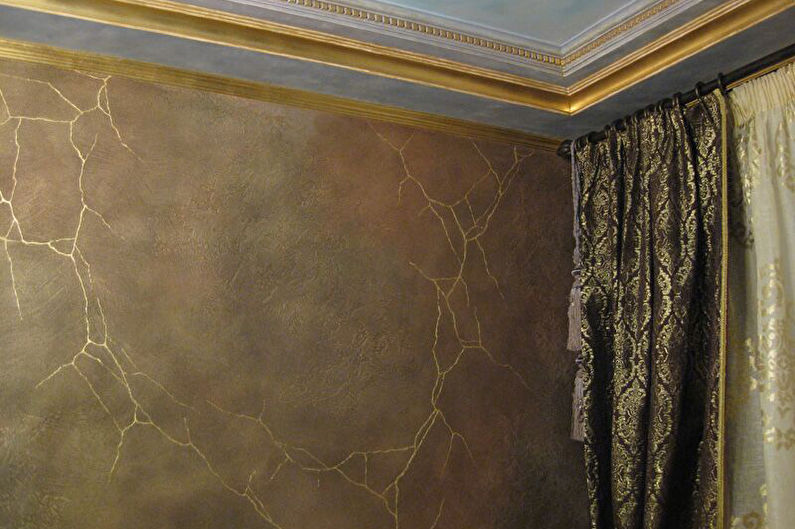
Types of decorative plaster
Plasters come in different types, depending on the desired properties, as well as the effect after application. There are classification by composition and content, the first of which includes the following options.
Mineral decorative plaster
It is made of cement and sold in dry form. Water must be added to the product by thoroughly mixing with a mixer. This decorative plaster is suitable for a mineral primer, creates a diverse relief. Another plus is the low price, although you can find different options. But such a solution is not very reliable - it is easily damaged during slight vibrations or careless handling.
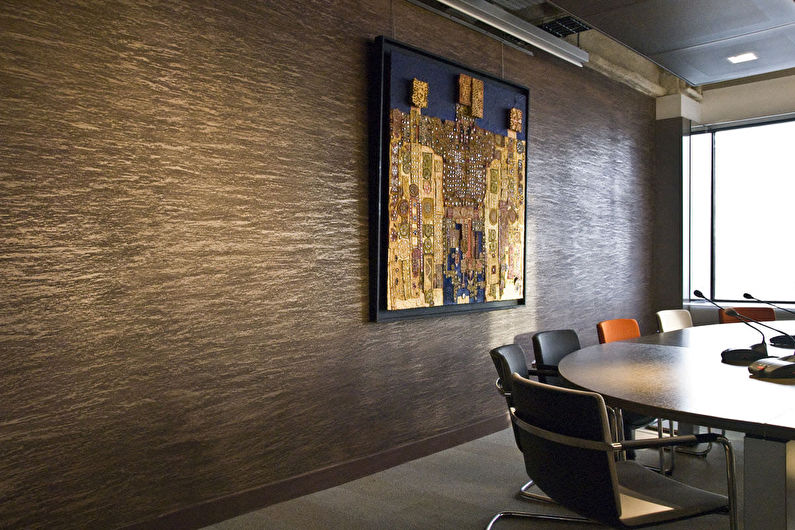

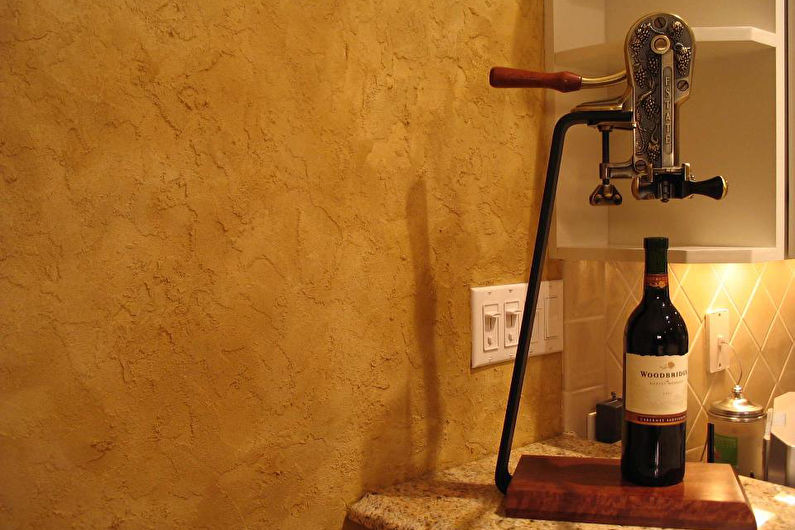
Acrylic decorative plaster
More reliable decorative plaster, which includes a water dispersion of acrylic resins. It can withstand extremes of temperature, high humidity, and is also easy to clean with conventional cleaning products. Great news for owners of uneven walls - the mass is applied without preliminary preparation and dries quickly enough. True, it costs significantly more than the first type.
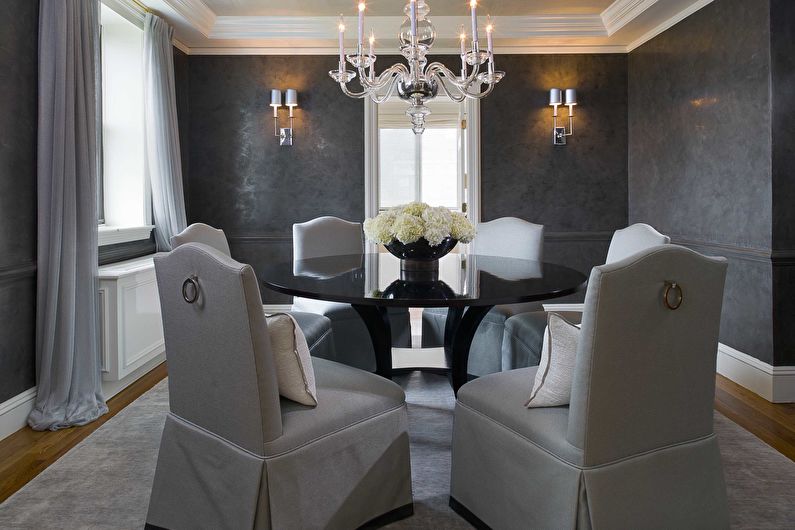
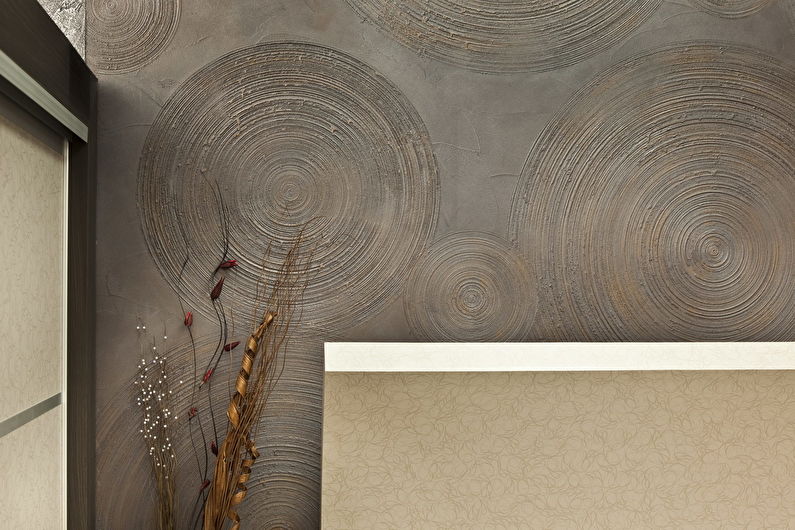
Silicone decorative plaster
A more modern look that immediately attracts attention with its high characteristics: elasticity, durability, easy care. Easy to apply, which even a beginner can handle. Such decorative stucco is sold in finished form, in a diverse color palette, the shades of which can be mixed directly during use. Only for modernity and quality will have to pay a lot of money.
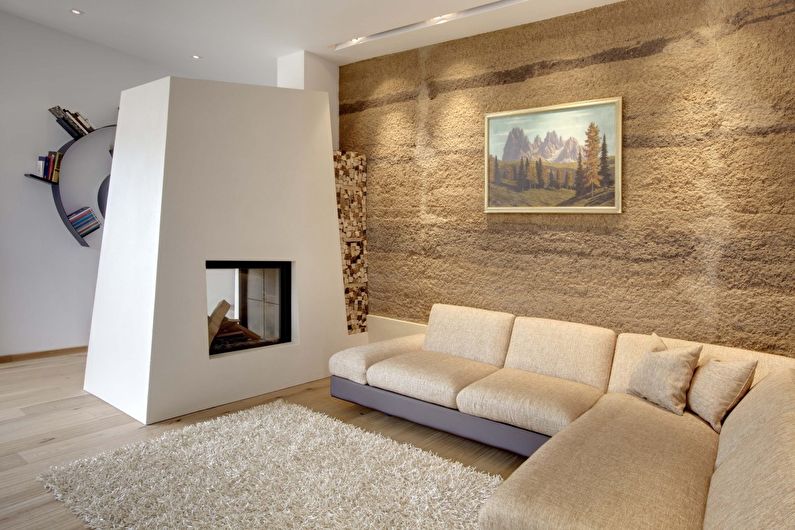
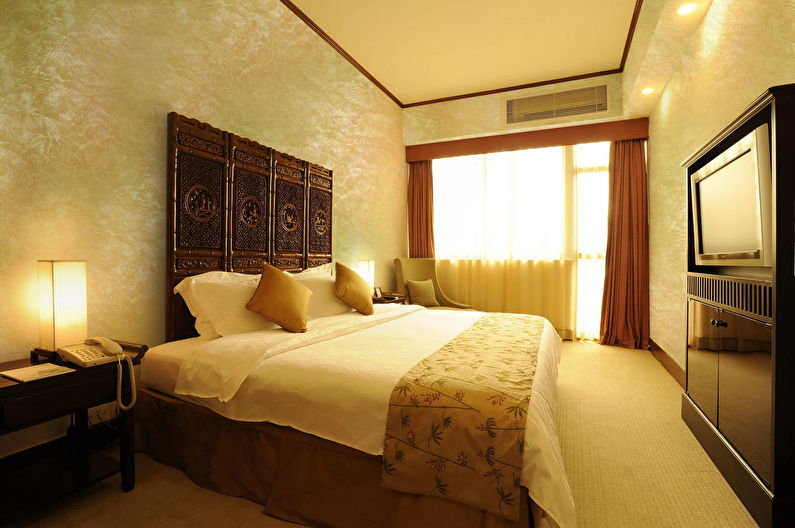
Classification by type of filling
Various components are added to the base of the mass, which allow to achieve a certain decorative effect. Based on this, three of the most popular types of plaster can be distinguished.
Structural plaster
This is a heterogeneous granular mass with particles of granules, pebbles, fibers or other elements, made on a mineral basis. Plastic and malleable tool is easily applied with any tool, creating the necessary texture.
It is better to give preference to a product with an aqueous solvent, since synthetic ones have a very pungent odor, which complicates the repair in the room.
Another plus - decorative structural plaster is sold ready-made, does not require additional mixing with other ingredients.


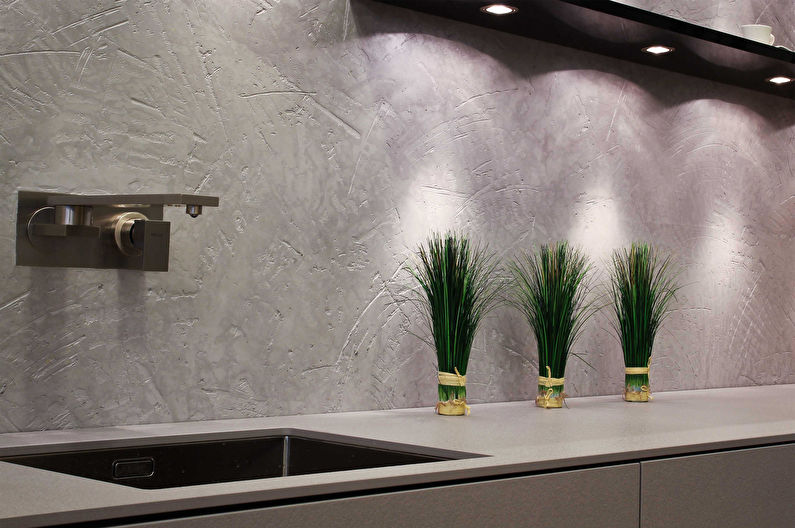
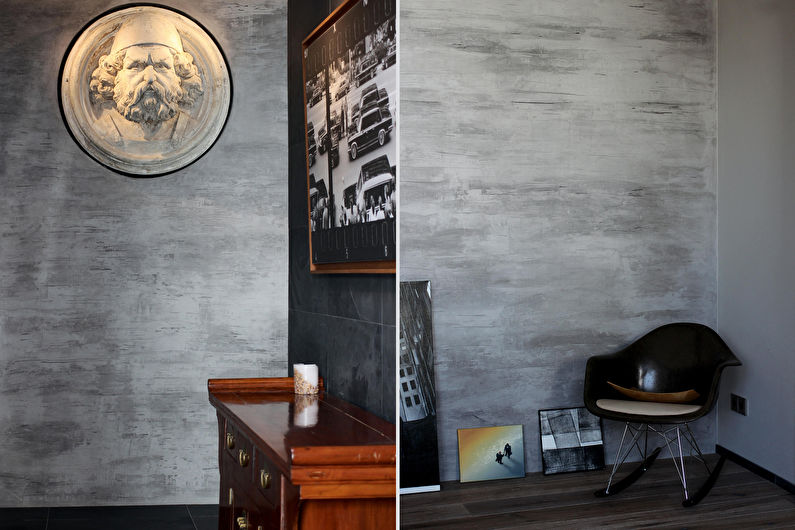
Textured plaster
These are the compounds that help create a textured surface texture. With special skill, you can imitate wood, pressed paper, stone - the initial result depends on the application technique, as well as tools. The main component of the product is lime flour, various types of crumbs, fibers. Polymeric materials enhance the effect of relief.
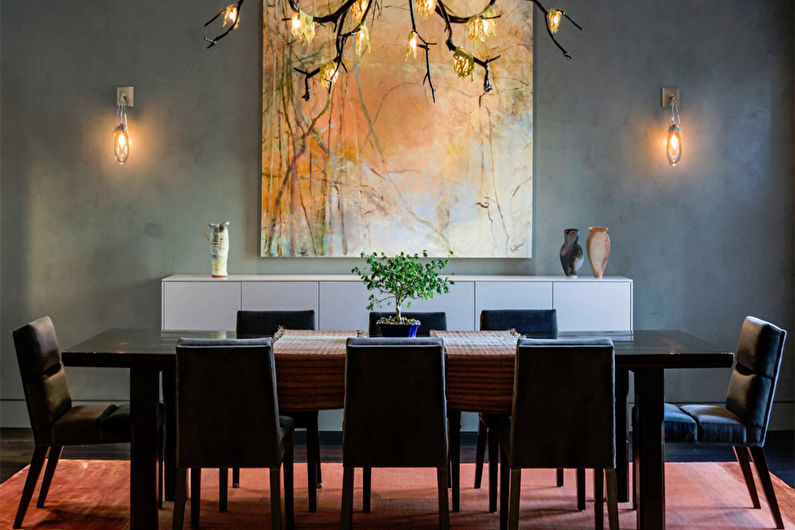
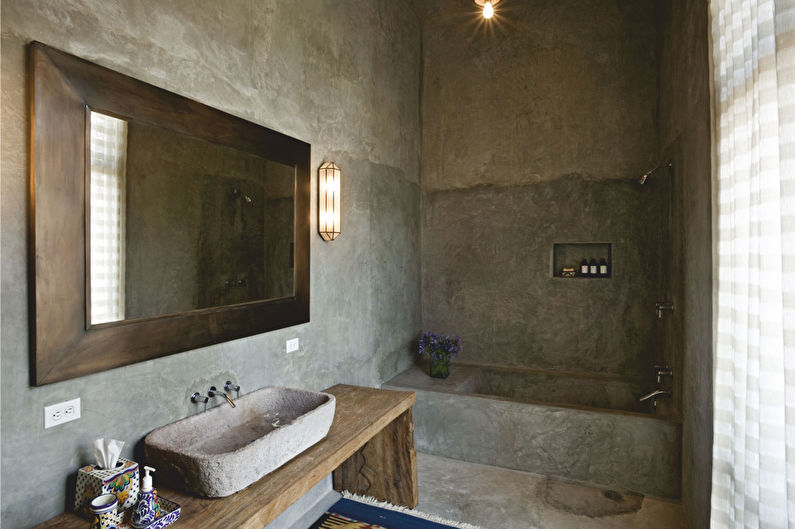

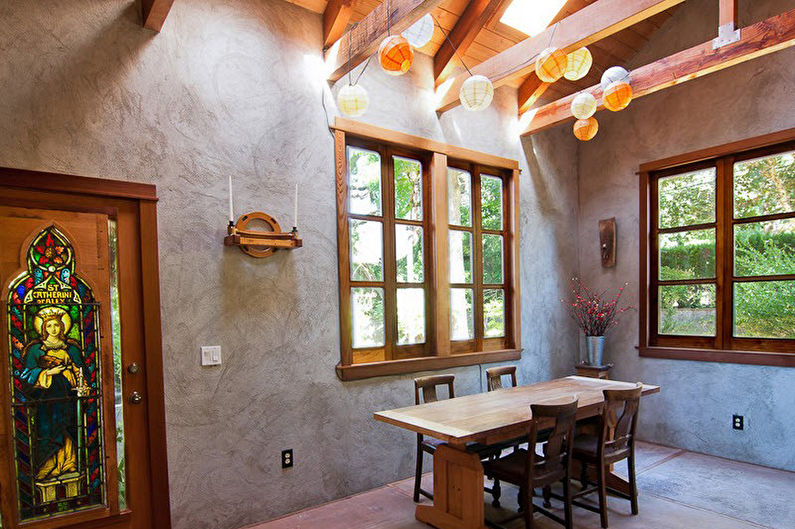
Venetian plaster
This is a type of decorative plaster with an unusual, transparent structure, made of marble flour, water emulsion and slaked lime. It creates the illusion of marble stone, and the surface itself can be painted in any color, combining them for a mosaic effect.
In addition to decorative properties, Venetian plaster has practical advantages - water resistance, environmental friendliness, lack of odors, long life. Only during application, make sure that the surface of the walls is perfectly flat.
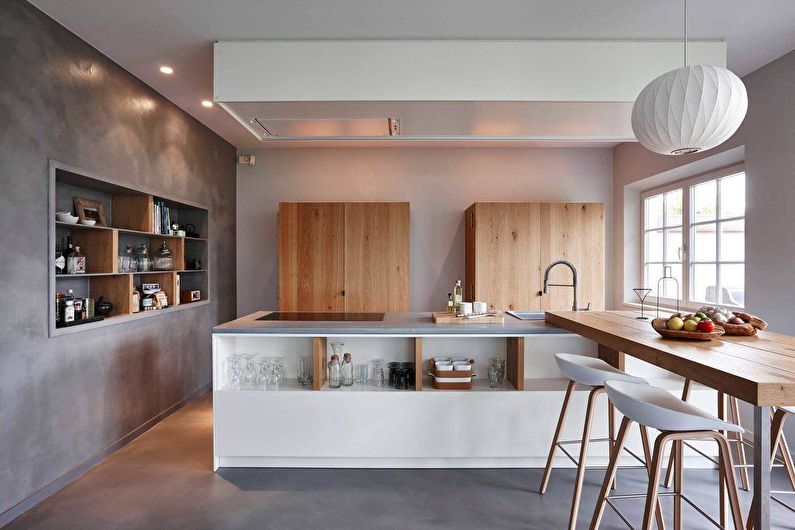
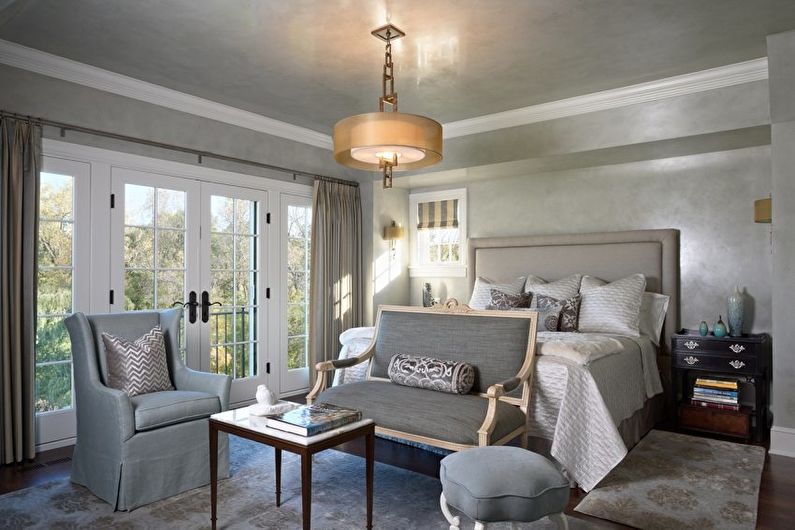
Decorative plaster in the interior
Decorative plaster is a universal solution that is suitable for many rooms and styles. It is traditionally believed that walls with such finishes are designed for a classic interior, but the variety of species allows you to fit an element into a more modern design.
Look great combinations of plastered walls with other finishes. For example, structural decorative plaster and wallpaper, a surface with a deep relief and plain plain partitions. Due to its environmental friendliness, the material is suitable for the kitchen, living room, bedroom, hallway. But for the bathroom it is recommended to use waterproof varieties or to completely avoid application.
The use of decorative plaster in Provence will only emphasize a certain simplicity, carelessness of the room, and in the loft - rudeness and brutality. For a classic interior, it is recommended to create a more complex composition of patterns, painting in a noble warm shade.
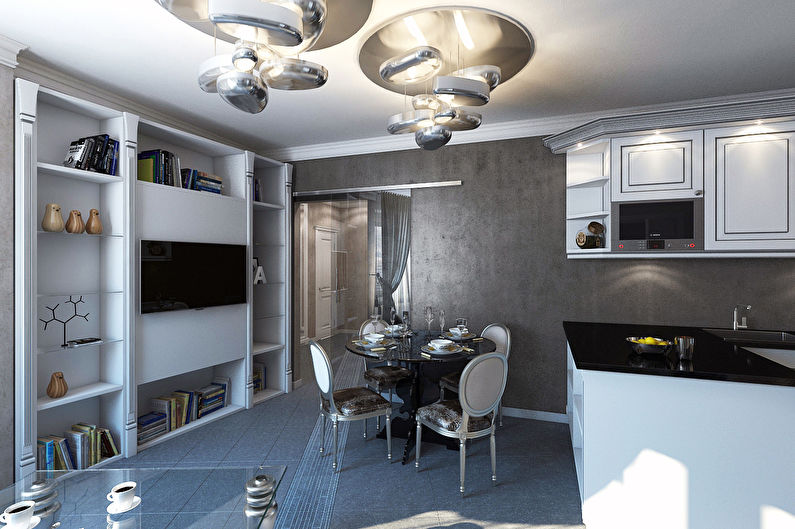
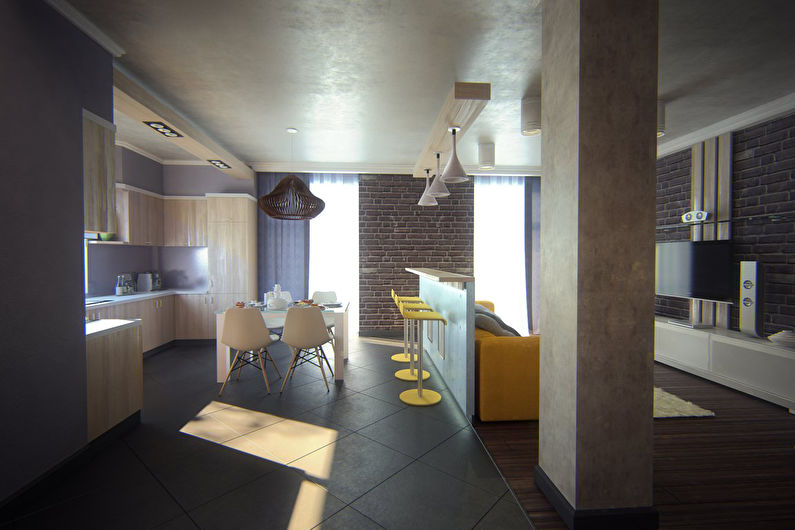
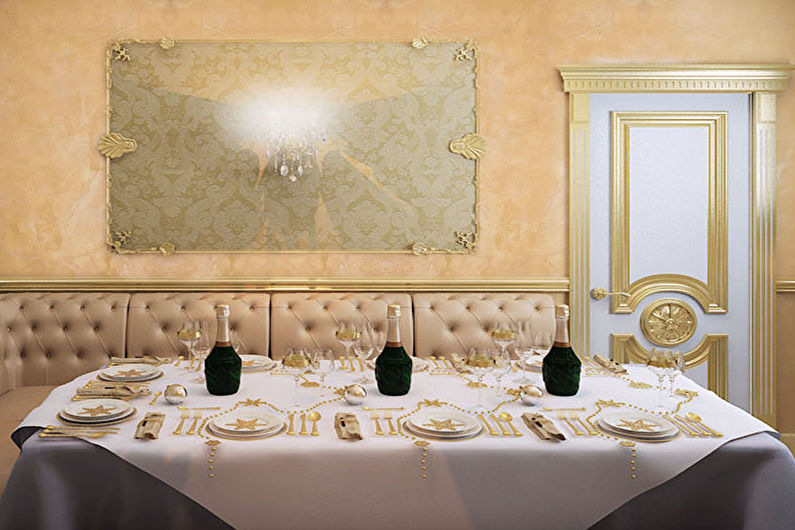
Preparation of walls for decorative plaster
Before applying decorative plaster, it is necessary to prepare the walls. To begin with, you should do it yourself to remove the old coating, whether it be wallpaper or paint. Spatulas, solvents, plain water, and a hair dryer will help.
The bare wall should be cleaned from traces of all work using detergent. After these procedures, surface imperfections, such as cracks, which are better aligned with a primer, may appear to the eye. Some types of decorative putties can cope with minor defects, but the Venetian one requires perfect walls.
But in any case, you can’t do without a preliminary primer. It helps repair microcracks and prevents absorption.It should be borne in mind that each type of plaster involves its own primer, as indicated in the instructions. At the same time, surfaces with metal parts must be treated with a protective agent so that they do not rust over time.

Methods for applying decorative plaster
Depending on the type of decorative plaster you have chosen, its preparation may vary. The dry version will have to be diluted with water in the indicated proportions, the finished one should be removed in a convenient container. The finished solution is evenly applied to the wall with a spatula, and only after it sets, start creating a pattern. To do this, use a variety of tools: graters, rollers, stamps, brushes, even leaves or hands. Literally any item will do - the main thing is that the result satisfy you. Moreover, the thickness of the initial layer directly depends on the complexity of the picture.
It is recommended to start from the corners where the first bumps will not be so noticeable - after a short training the technique will quickly improve. Most likely, there will be no time for rest - as the mass gradually freezes. This will start in about 20 minutes, and by this time you need to go over the trim with a trowel, smoothing the relief. The layer will completely dry in about a day. After this, you should go over with a fine sandpaper, giving the wall a finished, neat look.
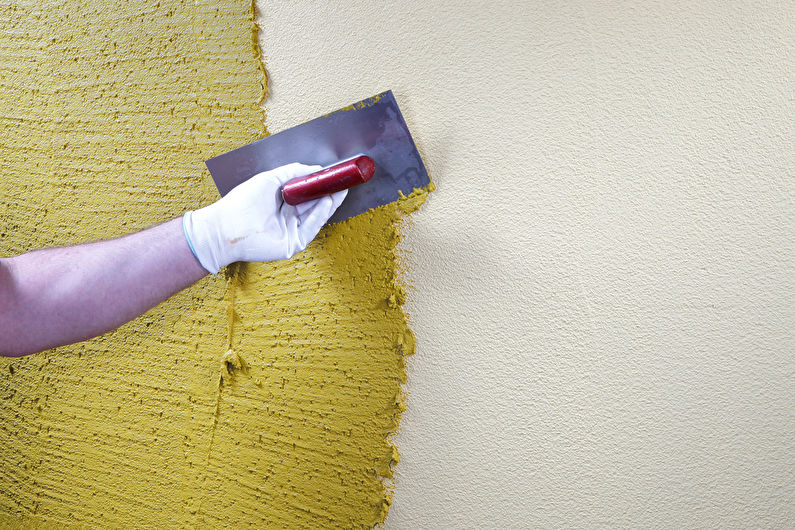
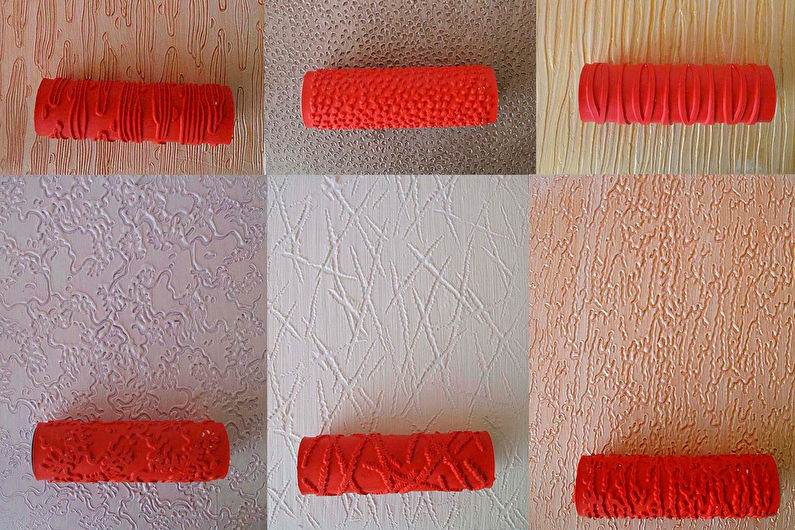
Decorative plaster painting
The need for additional staining arises mainly with mineral decorative plaster, as the other options are sold in a certain color. To keep the paint longer, the surface can be primed first. Note that we are talking about a dried mass, which is completely ready for subsequent manipulations.
It is recommended to use waterproof paint and a wide-nap roller. Most likely, you will need a double application, perhaps even a more saturated shade for a greater effect. At the same time, a variety of combinations are possible, mixing or applying over a complex pattern. The finished result must be fixed with water-based varnish.
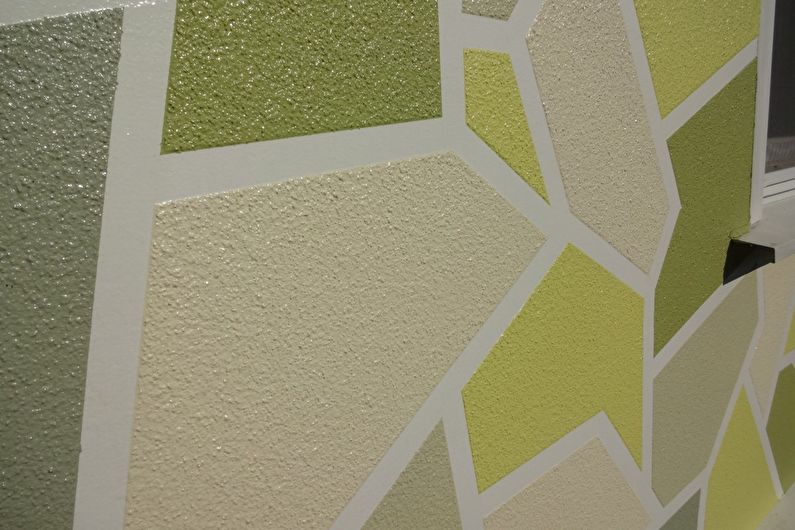
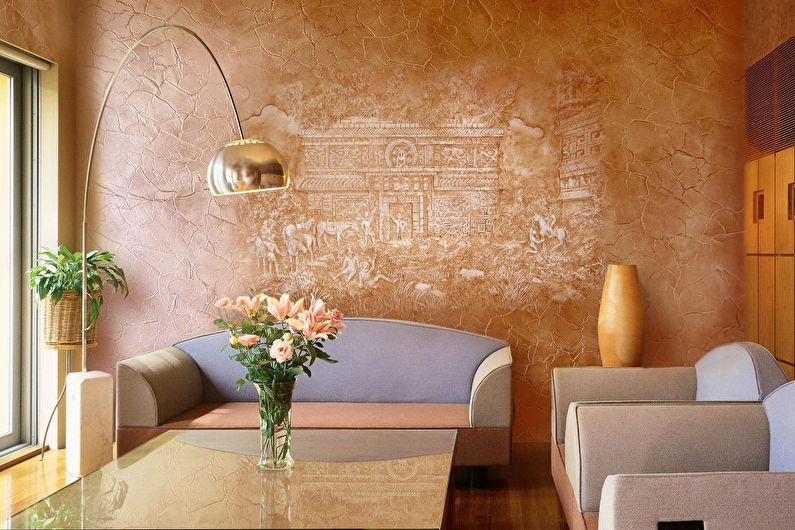
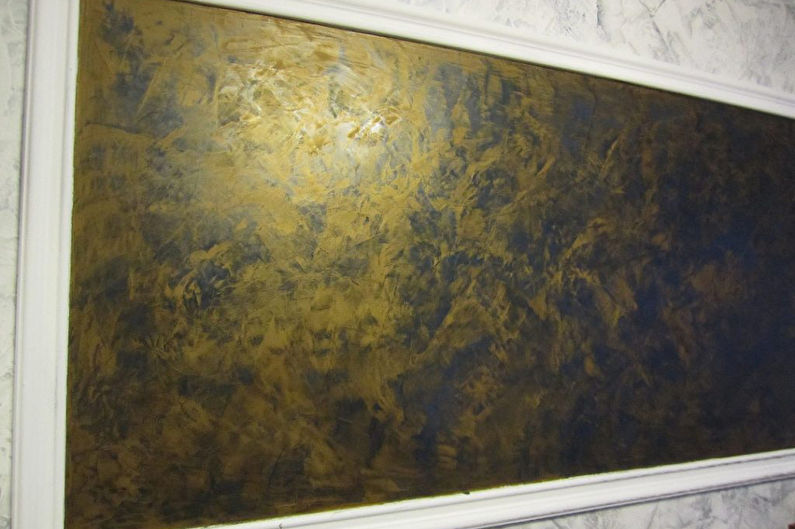
Video tutorials: DIY decorative plaster
